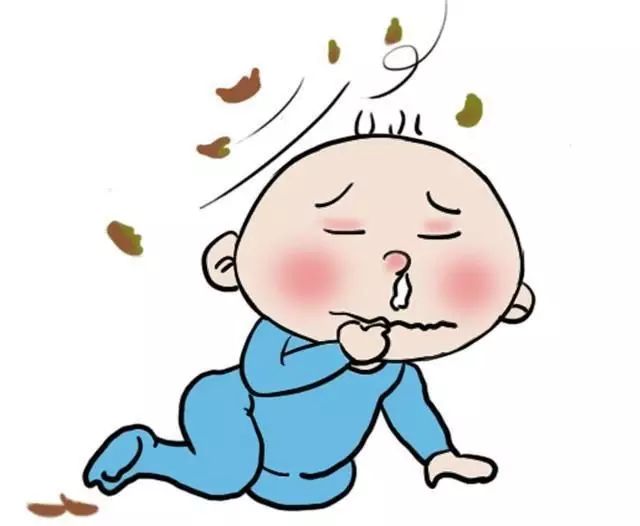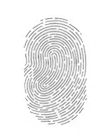 Click the blue text to follow︱ Hongxing eLife (jcyscom)
Click the blue text to follow︱ Hongxing eLife (jcyscom) 
The official public account of the Grassroots Doctors Network and the Grassroots Doctors Club


Traditional Chinese Medicine (TCM) typically classifies colds into two categories: Wind-Cold (Feng Han) and Wind-Heat (Feng Re). Wind-Cold colds are caused by the invasion of Wind-Cold pathogens, and should be treated with warming and dispersing herbs. If cooling herbs are mistakenly used, the Wind-Cold cannot be expelled through sweating, leading to a prolonged illness. Wind-Heat colds are caused by Wind-Heat pathogens, and should be treated with cooling herbs. If warming herbs are used, it may exacerbate the Heat pathogen, potentially leading to more severe illnesses. Wind-Heat can occur in all seasons, and it is important to distinguish between Wind-Cold and Wind-Heat to ensure appropriate treatment and avoid misdiagnosis.
Differentiation between Wind-Cold and Wind-Heat:
Fever Symptoms
Wind-Cold Cold: Mild fever. Severe chills. No sweating.
Wind-Heat Cold: High fever. Mild chills. Sweating present.
Rhinorrhea Symptoms
Wind-Cold Cold: Clear nasal discharge. Coughing with thin white phlegm.
Wind-Heat Cold: Yellow nasal discharge. Coughing with thick or yellow phlegm.
Throat Symptoms
Wind-Cold Cold: No redness, swelling, or pain in the throat.
Wind-Heat Cold: Redness, swelling, and pain in the throat.
Thirst Symptoms
Wind-Cold Cold: No thirst or mild thirst. Prefers warm drinks. Tongue coating thin and white.
Wind-Heat Cold: Thirsty and prefers cold drinks. Tongue tip and edges red with yellow coating.
Causes of Illness
Wind-Cold Cold: Invasion of Wind-Cold pathogens, leading to lung Qi deficiency.
Wind-Heat Cold: Invasion of Wind-Heat pathogens, leading to lung Qi stagnation.
Treatment
Wind-Cold Cold: Focus on dispersing Wind-Cold and using warming herbs to release the exterior [primarily inducing sweating and dispersing Cold].
Wind-Heat Cold: Focus on dispersing Wind-Heat and using cooling and detoxifying herbs.
Dietary Adjustments
Wind-Cold Cold: After taking medicine, one can drink some porridge or hot soup to induce mild sweating and help expel Wind-Cold.
Wind-Heat Cold: Drink plenty of water and maintain a light diet.
Dr. Chai Haoran has summarized three key experiences in differentiating Wind-Cold and Wind-Heat colds:
1. Differentiate based on constitution: Individuals with a Yang deficiency constitution often present with Wind-Cold symptoms, even when exposed to Wind-Heat pathogens, they may still manifest Cold symptoms. Conversely, those with Yin deficiency and blood deficiency often present with Wind-Heat symptoms, even when exposed to Wind-Cold pathogens, they may manifest Heat symptoms due to their constitution.
2. Differentiate based on suspected symptoms: Wind-Heat symptoms often include throat pain, while Wind-Cold symptoms may present with throat pain due to Qi stagnation and blood flow issues, characterized by pain without swelling, unlike the redness and swelling seen in Wind-Heat throat pain.
3. Differentiate based on tongue and pulse examination: Wind-Heat symptoms often show a thin yellow tongue coating, while Wind-Cold symptoms may also show a thin yellow coating due to exterior obstruction and Yang Qi stagnation. The key difference is that Wind-Cold symptoms present with a thin yellow coating and no thirst, while Wind-Heat symptoms present with thirst. Additionally, Wind-Heat symptoms often have a rapid pulse, while Wind-Cold symptoms may present with a tight and rapid pulse due to Cold obstruction.
Source: Grassroots Doctors Network

Submission Email: [email protected]
Previous Highlights
-
Major voting for the top 20 pharmaceutical companies recognized by grassroots doctors! Who is your “favorite”? You decide!
-
Intravenous drip, push, or intramuscular injection, which medications are suitable? Which are not?
-
What measures can retain village doctors? Only by doing can we know!
-
Remember! Clinical prescriptions cannot be used in the same group during infusion.
-
There is a wild herb in the countryside that can treat skin diseases, lower blood sugar, and even turn white hair black!
Hongxing eLife∣ Public account for grassroots doctors
 Long press to recognize the QR code and follow
Long press to recognize the QR code and follow

